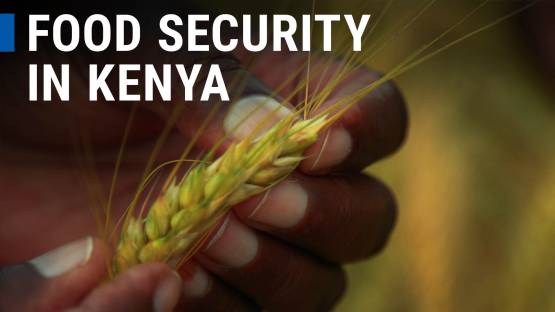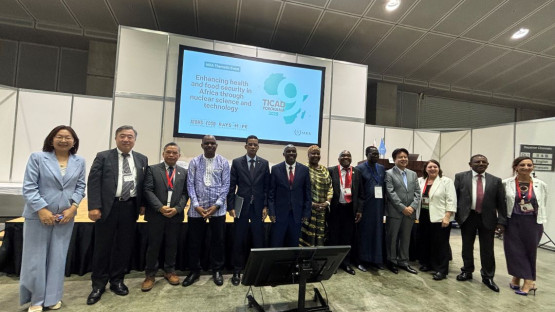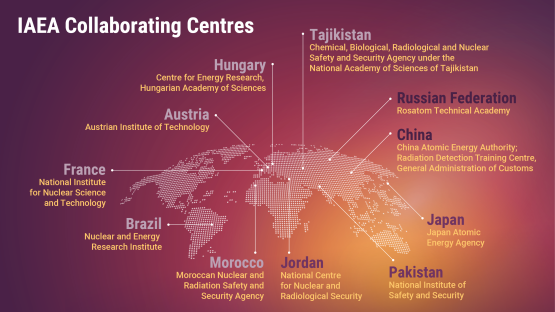Climate change is a serious threat to global food security, sustainable development and poverty eradication. Nuclear techniques offer substantial advantages over conventional techniques. The IAEA helps Member States to use these techniques to measure the impact of climate change and adapt to its effects, helping to improve agriculture and the resilience of food production systems.
Food security and climate change
It is expected that by 2050, the world’s population will have increased by one-third, with the highest increase occurring in developing countries. The FAO estimates that, if current income and consumption growth trends continue unabated, agricultural production will have to grow by 60 per cent to satisfy the expected increased demands for food and feed.
To feed the growing global population, and to provide the basis for economic growth and poverty reduction, agriculture must undergo a considerable transformation. This task will be made more difficult by climate change. More extreme weather events and an increased unpredictability of weather patterns have already made an impact on agriculture and food security, leading to production reductions and lower incomes in vulnerable areas.
Agriculture will need to transition to systems that are more productive, use inputs more efficiently, have less variability and greater stability in their outputs, and are more resilient to risks, shocks and long-term climate variability. This transformation must be accomplished without depleting the natural resource base. It will also have to entail a decrease of greenhouse gas emissions and an increase of carbon sinks, which will contribute significantly to the mitigation of climate change.
Responding to climate change through nuclear techniques
An important factor in the adaptation process is to measure the concrete effects of climate change on agriculture and food production. Several nuclear techniques offer means to learn more about the impact of climate change and how to counter it, from controlling soil erosion and land degradation to improving soil fertility and water use efficiency.
The nitrogen-15 isotopic technique, as an example, can identify the source of nitrous oxide and help find ways how to reduce the emission of this gas. Carbon-13 signatures in soils are used in combination with fallout radionuclides to identify sources of land degradation in agricultural landscapes, helping to control soil erosion and to quantify the contribution of crop residues to the improvement of soil fertility and resilience.
The nitrogen-15 technique can also be used to quantify the extent of atmospheric nitrogen capture by leguminous crops and the contribution of nitrogen fertilizer to current and subsequent crops, while the oxygen-18 signature can help determine how much water agricultural management practices lose as a result of soil evaporation and plant transpiration. This in turn helps improve water use efficiency and strengthens the plants’ resilience.










